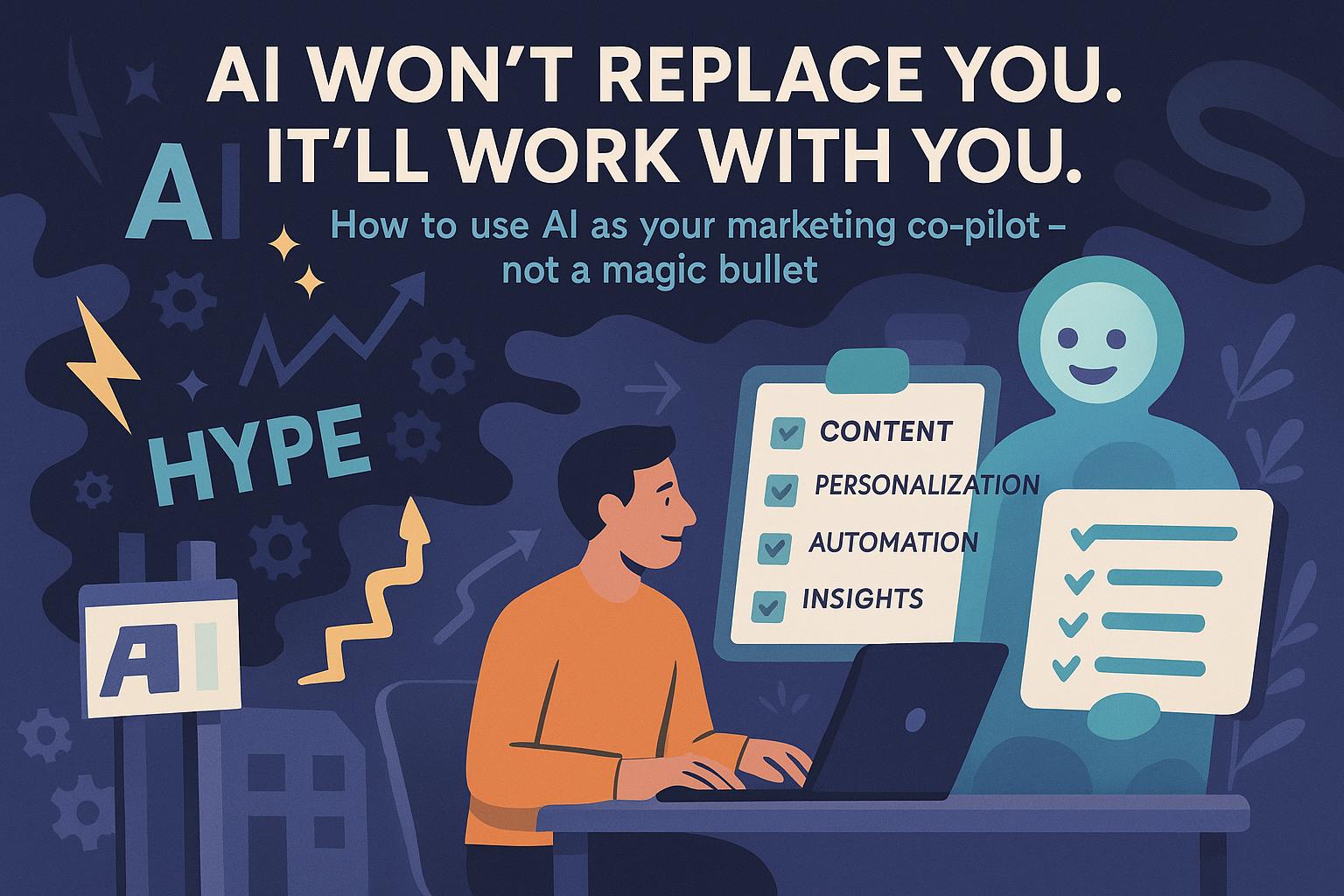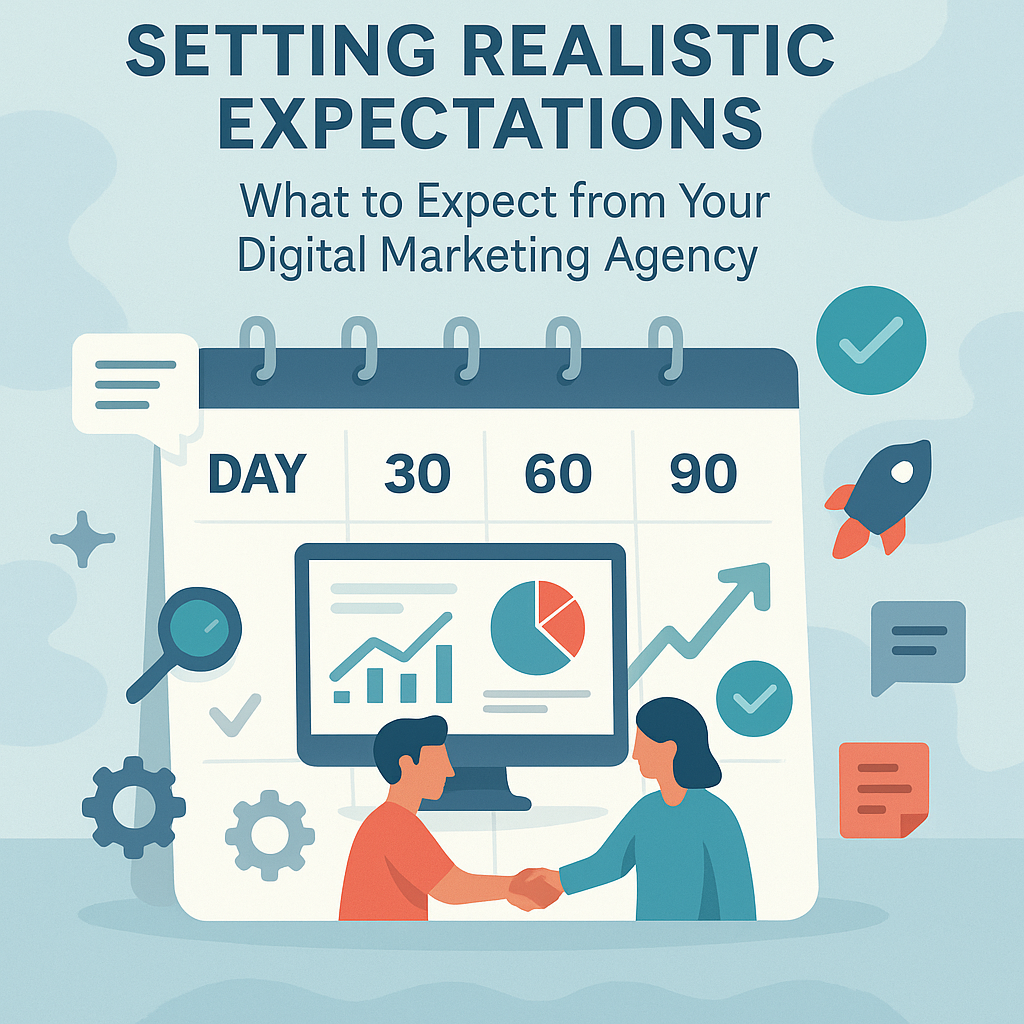So, The Internet's Big Cookie Jar is Almost Empty. Now What?
Let's be honest, the marketing world is a little nervous right now. For years, we've relied on third-party cookies, those little digital breadcrumbs, to follow people around the internet. It was how we targeted ads, understood behavior, and found new customers.
Now, that cookie jar is almost empty. And a lot of marketers are wondering what comes next.
But what if this isn't a crisis? What if it's an opportunity? An opportunity to stop being so sneaky and start building real, honest relationships with our customers. This isn't the end of marketing. It's the start of something better. It all begins with something called first-party data.
First-Party Data? Let's Keep it Simple.
Forget the jargon for a minute. First-party data is simply the information that people give you directly. That's it. It's the data you collect from your own audience, on your own website, through your own channels.
Think of it like this. You could buy a list from a data broker that says "people in this zip code seem to like coffee." That's third-party data. Or, you could have a customer who comes to your coffee shop, tells you they love your cold brew, and signs up for your newsletter to get a discount on their next one. That's first-party data.
Which one do you think is more valuable? It's the difference between a stranger's guess and a friend's direct statement.
Why This Data is Better Than Anything You Can Buy
There are a few reasons why this direct data is so much better than anything you can get from a third party.
First, it's accurate. It comes straight from the source. You're not guessing what people want; they're telling you. There's no game of telephone where the message gets distorted.
Second, it's incredibly relevant. This data is about your customers' relationship with your brand. They didn't just browse any website; they browsed your website. They didn't just buy any product; they bought your product. That context is everything.
And maybe most importantly, you own it. This is your data. No one can take it away from you. You're not at the mercy of Google's or Facebook's next algorithm change. You're building an asset for your business, one that becomes more valuable over time. Neglecting this is a common mistake, a true case of the email list neglect.
How to Get People to Share (Hint: It's a Two-Way Street)
So, how do you get people to share this valuable information with you? You can't just demand it. You have to earn it. It's all about a fair value exchange.
You have to give something to get something. It's a two-way street.
This could be a lot of things. Maybe you offer a helpful guide or a checklist in exchange for an email address. Or you create a fun quiz that gives personalized results. Or you simply offer a discount on their first purchase. The key is to offer something genuinely useful. This is a core part of any good content marketing strategy.
When you make it a fair and transparent trade, people are surprisingly willing to share. They just want to know what's in it for them.
Okay, I Have the Data. What Do I Do With It?
Once you start collecting this data, the goal isn't to be creepy. It's to be helpful. The whole point is to create a better, more personalized experience for your customers.
For example, if a customer buys a certain type of product from you, you can send them an email with tips on how to use it. Or if a visitor keeps reading articles about a specific topic on your blog, you can show them a popup for a related webinar.
This isn't about surveillance. It's about paying attention. It's about using what you know to make your customers' lives a little bit easier. It shows you're listening, and that goes a long way. If you're not sure how to start, getting some outside advice from a consulting expert can be a huge help.
The Most Important Part: Don't Break Their Trust
This is the heart of the matter. Collecting data is a privilege, not a right. And if you break your customers' trust, you'll never get it back.
So, be honest. Be transparent. Tell people what you're collecting and why you're collecting it. Have a simple, easy-to-read privacy policy. Make it easy for people to see and manage the data you have on them.
Trust is the currency of modern business. Every time you collect a piece of data, you're making a withdrawal or a deposit. Make sure you're making more deposits than withdrawals. Done right, this is how you build real email marketing customer loyalty.
Welcome to the Era of Trust-Based Marketing
The end of third-party cookies feels scary, but it's actually a huge opportunity. It's a chance to move away from the interruptive, often annoying, marketing of the past and toward a future built on trust and mutual respect.
First-party data is your roadmap for this new world. It's about building relationships, not just lists. It's about knowing your customers as people, not just as data points.
So, where do you start? Don't try to do everything at once. Just pick one thing. What's one way you can offer value to your audience this week in exchange for a little bit of information?
Start there. Start small. And start building a marketing strategy that will last, no matter what the future holds.

